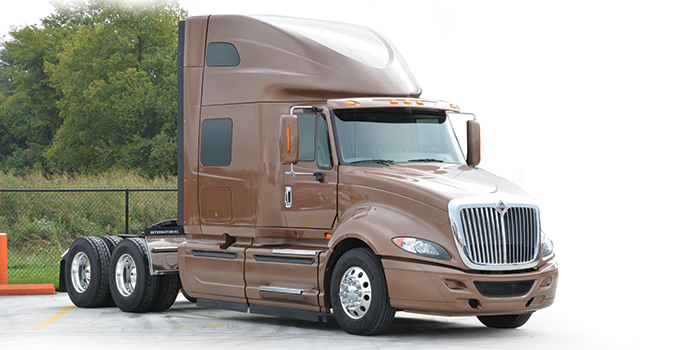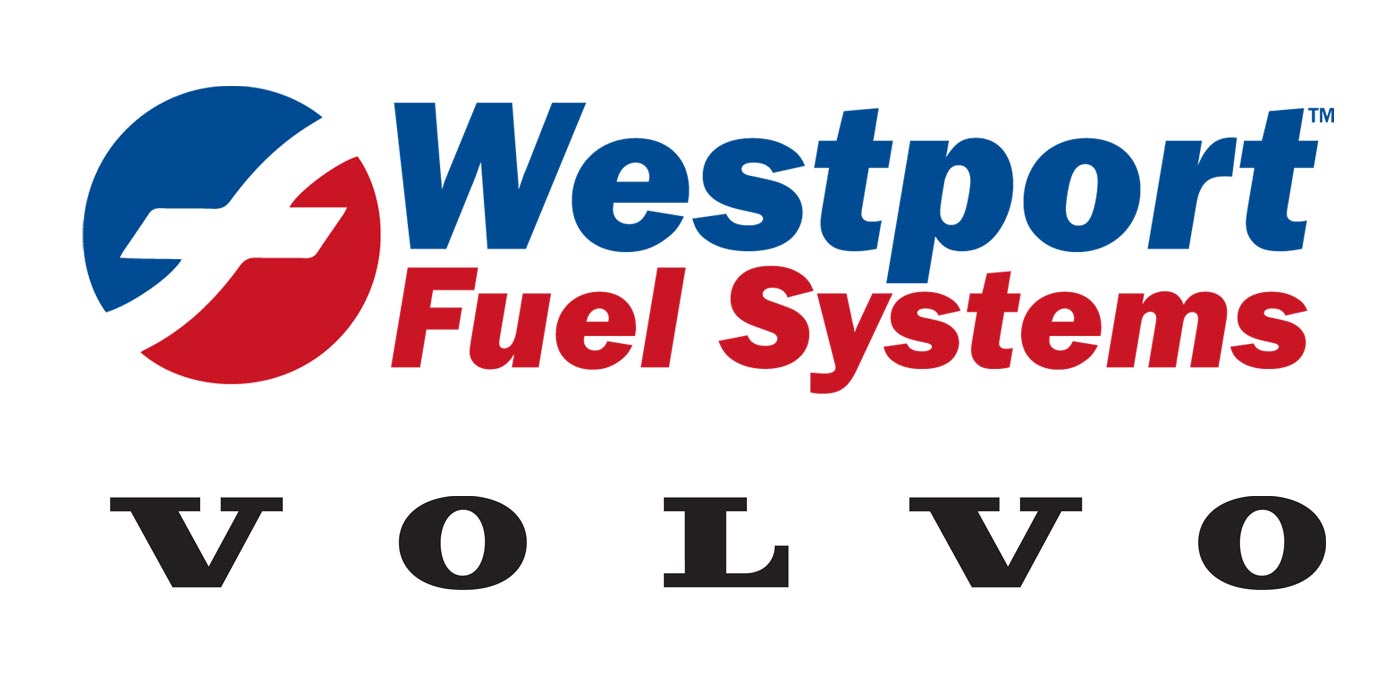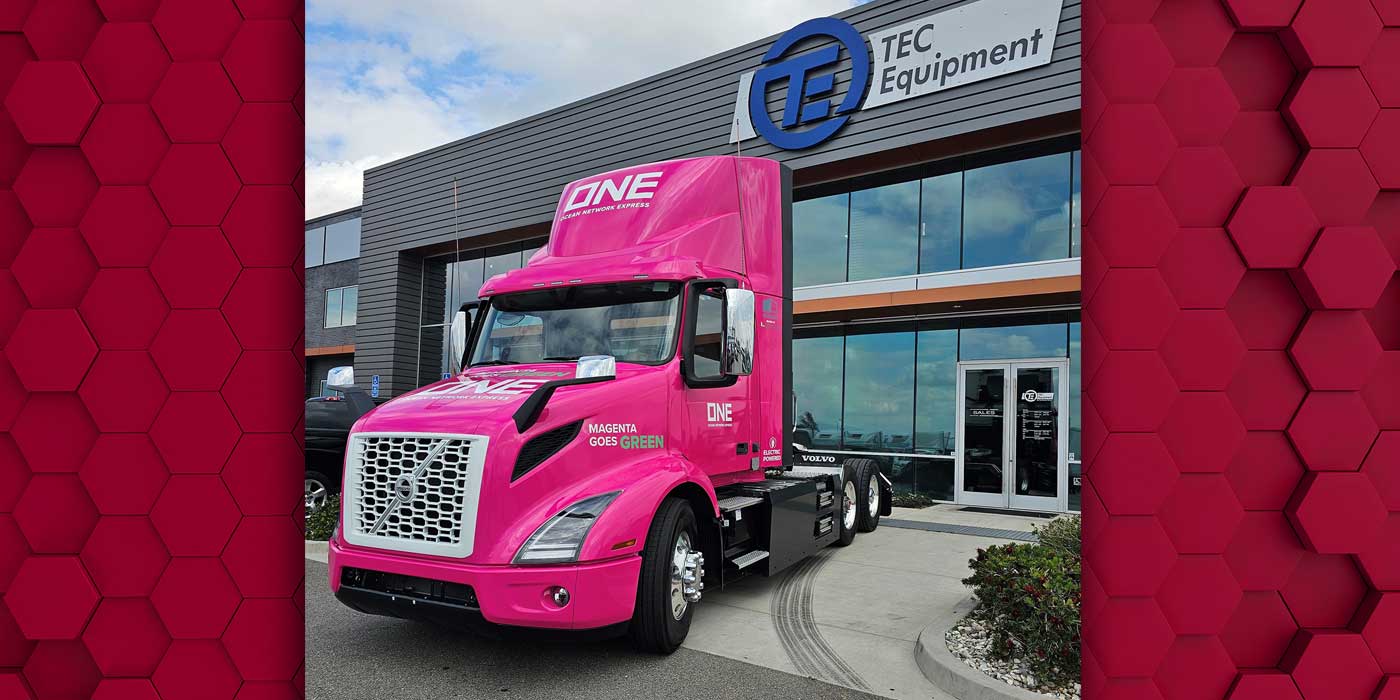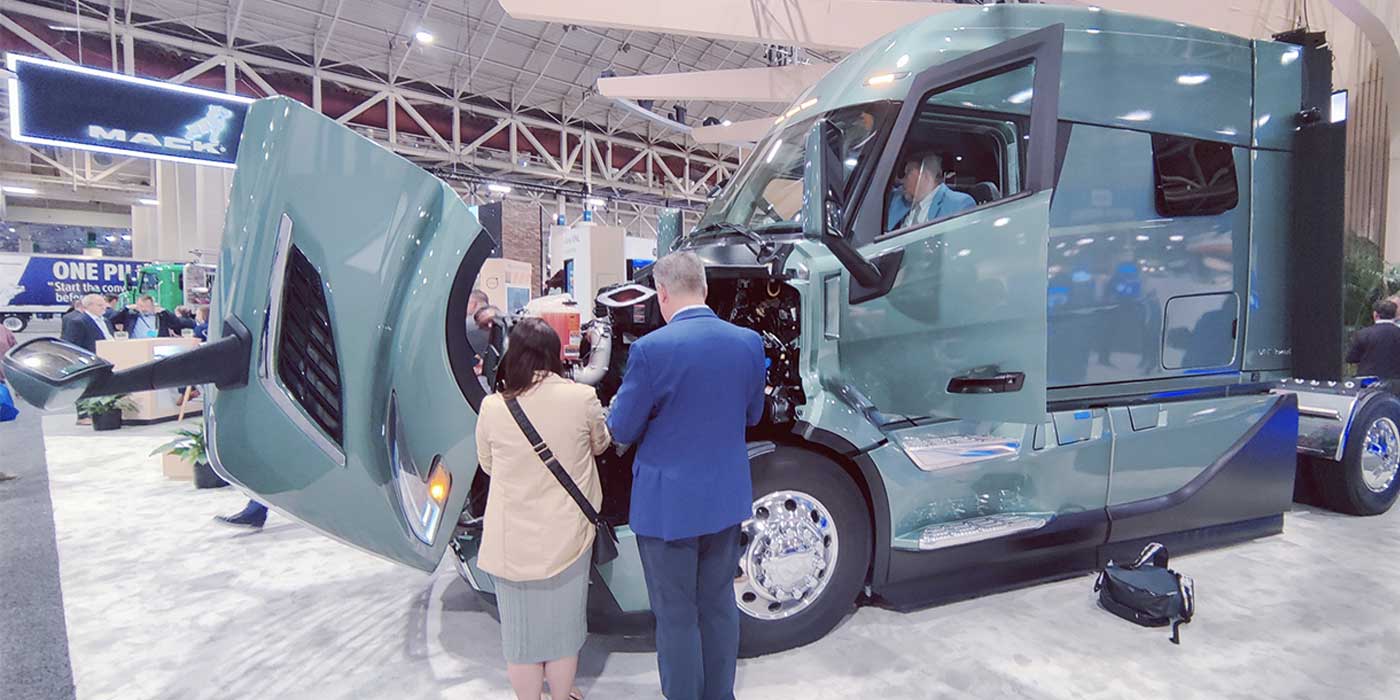I’ve always had a soft spot for classical music. There’s something about all the individual instruments coming together to make moving, powerful music. It’s not unlike spec’ing a truck. As a fleet manager, you carefully determine what truck equipment instrument goes where to create an application-specific, street-savvy rolling symphony. Taking the first step into the New Year can feel a lot like an orchestra conductor stepping up to the podium and tapping the baton—truck equipment at the ready—before launching into expertly-executed runs and route timings that meet the measure, beat for beat.
This year, fleet managers will have more instruments to select from than ever before to achieve the proper productivity pitch. Automated manual transmissions and automatic transmissions, 6×2 axle configurations, downsped engines and integrated powertrains all made a big splash in 2014 as their efficiency and capabilities advanced. For 2015, many truck OEs agree that continuing refinement of these equipment technologies and growing acceptance in the correct application that will drive the industry forward.
Take Volvo’s XE-Adaptive Gearing package, for example. The XE package was originally introduced in 2012, and at the time, it allowed the vehicle to operate at 1,150 RPMs at 65 MPH. The OE accomplished this by integrating the Volvo engine, I-Shift automated manual transmission, low-profile tires and a rear axle ratio of 2.64. The recently introduced XE-Adaptive Gearing package allows the vehicle to drive loaded in direct drive and unloaded in over-drive by using a faster rear axle ratio (2.47) than the XE economy package. With the vehicle unloaded, the truck will run down the highway under 1,100 RPMs.
While efficiency is a large part of the growing adoption of truck equipment, it’s not the only factor. “We see continued demand for automated transmissions in 2015 as a shortage of drivers may force fleets to hire novice drivers who have limited experience on manual transmissions,” explained Wade Long, director of product marketing, Volvo Trucks in North America. “We anticipate that the market share for 6×2 axle configurations will grow in the coming years as more customers try them and their perception of performance improves. Higher freight volumes and a lack of drivers have led truck owners to consider new ways to haul more payload.”
Just as the driver shortage could impact the demand for AMTs, keeping current and future drivers safe will play a larger role in truck efficiency packages. You can expect to see increased integration of all truck equipment and components as OEs and suppliers focus their offerings and set out to show how they positively impact the bottom line.
“We see enhanced systems—for collision mitigation, lane departure, stability control and adaptive cruise—coming from suppliers that we will integrate in our vehicles to provide increased control for the use of our vehicles,” said Jodi Presswood, vice president and general manager, heavy truck product line for Navistar.
While Fleet Equipment will keep an eye on all the innovative truck equipment of today and tomorrow, the big takeaway from 2015 is going to be integration. To get the most efficiency out of the truck and take a step toward meeting future regulations, the truck has to be more than just a sum of its parts. It has to be a symphony of productivity, working in concert to create efficient harmonies.














